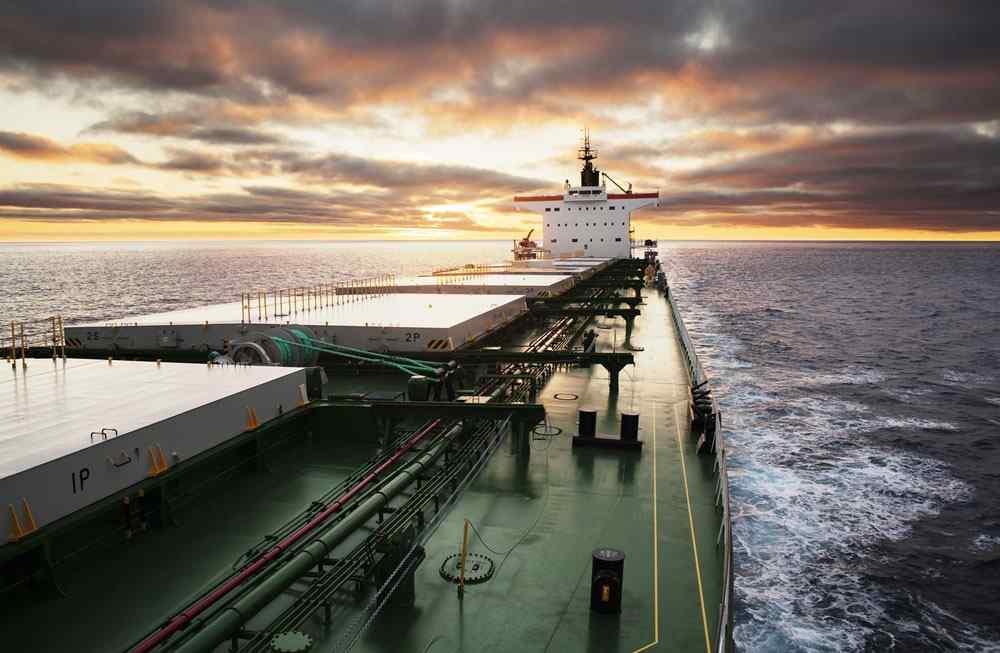LNG transportation
R&B Trading Expedited Logistics Inc believes that natural gas could form a bigger part of the transport energy mix as a lower-carbon fuel, alongside developments in vehicle efficiency, biofuels, hydrogen and electric mobility.
What is LNG and how can we use it?
LNG is a clear, colourless and non-toxic liquid which forms when natural gas is cooled to -162ºC (-260ºF). The cooling process shrinks the volume of the gas 600 times, making it easier and safer to store and ship. In its liquid state, LNG will not ignite.
When LNG reaches its destination, it is turned back into a gas at regasification plants. It is then piped to homes, businesses and industries where it is burnt for heat or to generate electricity. LNG is now also emerging as a cost-competitive and cleaner transport fuel, especially for shipping and heavy-duty road transport.
What is LNG for transport?
Cooling natural gas to -162° Celsius (-260° Fahrenheit) turns it into a liquid and reduces its volume by 600 times. LNG is easy and economical to ship to where it is needed.
World Flight Trading Expedited Logistics Inc is an LNG pioneer with more than 50 years of expertise. We are expanding the use of LNG as a transport fuel for trucks and ships with potential economic and environmental benefits compared to diesel and fuel oil. Other uses include in trains, the mining sector and industrial applications. We are also looking at ways to use LNG more in our own operations .
Many people in need of energy are located far from gas fields, making pipelines too impractical or costly to build. To get around this problem, gas can be cooled to make a liquid, shrinking its volume for easier, safer storage and shipping overseas.
World Flight Trading Expedited Logistics Inc has been a pioneer in liquefied natural gas (LNG) for more than 50 years. In Arzew, Algeria, the first commercial LNG liquefaction plant was delivered in 1964 with World Flight Trading Expedited Logistics Inc involvement, and we shipped the first commercial cargo from Algeria to the UK in the same year, starting today’s global trade.
We have continued to innovate and improve the technology behind LNG, and have worked hard to find ways to make more LNG available where it is needed around the world. For example, we are building Prelude FLNG, the world’s largest floating LNG production facility, which will access gas resources from underwater fields too uneconomic or challenging to reach from land.
- Category
- LNG Vessels
- Number of vessels
- 24
- Kvaerner-Moss System
- 14
- GTT Technology
- 6
- Mark III System
- 4





